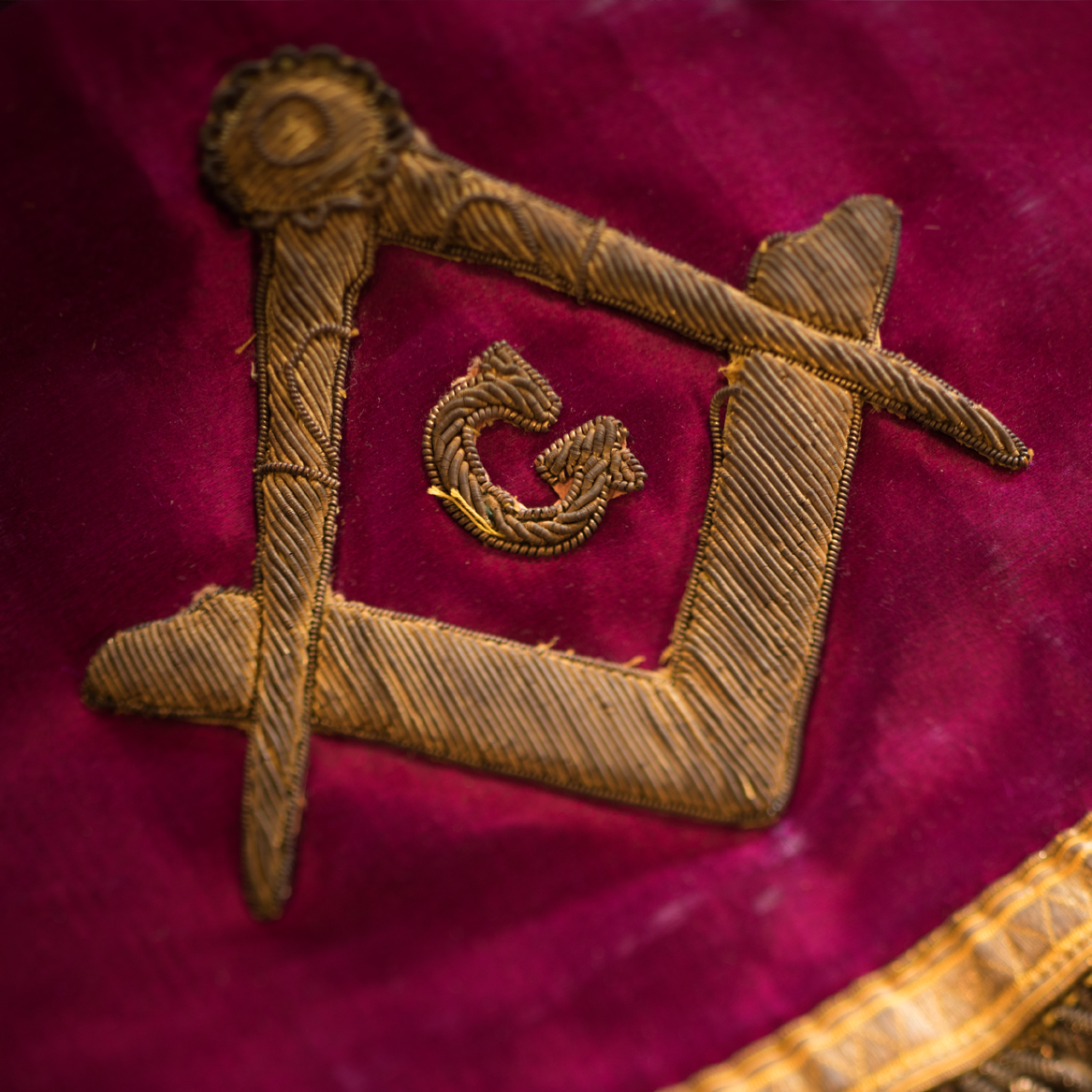Everything You Need to Know About How to Join a Masonic Lodge Today
Everything You Need to Know About How to Join a Masonic Lodge Today
Blog Article
Discover the Tricks Behind the copyright and Their Impact on Culture
The copyright, typically shrouded in misconception and supposition, presents an interesting instance research study of just how historical suitables can morph into contemporary conspiracy theory theories. Founded in the middle of the Knowledge's accept of reason, this secret society aimed to rock the boat, yet it has because become identified with notions of covert power and adjustment. As we discover its origins, impact on cutting edge idea, and portrayal in modern society, we begin to discover the layers of intrigue that remain to mesmerize society. What stays unpredictable, nevertheless, is just how these perceptions form our understanding of authority and transparency today.
Origins of the copyright
The copyright, often shrouded in enigma and supposition, traces its origins back to the late 18th century. Known as the Bavarian copyright, the company's primary purpose was to counter the pertinent impact of spiritual dogma and promote intellectual discourse amongst its members.
The copyright took on an ordered structure, drawing motivation from Freemasonry, which permitted for secretive meetings and rituals. Membership was selective, incorporating influential numbers from various areas, including national politics, philosophy, and science. This elite network sought to effect social and political modification via private means, supporting for the rights of people and the betterment of society.

Trick Myths and Misconceptions
Among the allure of privacy surrounding the copyright, many misconceptions and misconceptions have actually emerged, commonly distorting the team's real nature and purposes. One prevalent misconception suggests that the copyright manages the world's governments and economies. While it holds true that the team aimed to affect social structures, the notion that it operates as a natural worldwide creature master is greatly overstated.
Another common mistaken belief is that all members of the copyright have vast riches and power. Actually, the original copyright made up pundits and Knowledge thinkers, numerous of whom sought reform as opposed to supremacy. The idea that the copyright specifically recruits celebrities and political figures is misdirecting; subscription has traditionally included a diverse range of people.
In addition, conspiracy theory concepts commonly paint the copyright as a malicious organization intent on global dominance with dubious means. This representation overlooks the team's initial objectives, which fixated promoting logical thought and combating religious fascism. The conflation of the copyright with modern conspiracy theories continues misconception, covering the historic context and development of the team's suitables. Therefore, dividing truth from fiction is important for a clearer understanding of the copyright's function in society.
Historical Impact on Culture
Throughout history, numerous intellectual movements have actually greatly influenced social frameworks, and the copyright played a significant role throughout the Enlightenment. Established in 1776 in Bavaria, the copyright intended to promote factor, secularism, and the doubting of developed authority, countering the prominence of religious dogma. This company attracted influential thinkers and advocates of liberty, cultivating an environment helpful to the circulation of Knowledge perfects.
The copyright's principles championed reasonable thought and empirical proof, which directory added to the broader intellectual landscape that encouraged social reform and political adjustment. Members sought to improve society by supporting for education and learning, flexibility of expression, and the separation of church and state. Their clandestine nature and enthusiastic schedule sparked both intrigue and suspicion, causing their ultimate reductions by the Bavarian federal government in 1785.
In spite of their dissolution, the legacy of the copyright continued, influencing revolutionary activities throughout Europe and the Americas (join freemason). Their commitment to enlightenment concepts helped lay the groundwork for contemporary autonomous suitables and civils rights, leaving a long-term imprint on the structures of contemporary culture. The attraction of their secretive celebrations and philosophical quests proceeds to mesmerize the creativity, highlighting their historic relevance
Modern Interpretations and Beliefs
Contemporary analyses of the copyright typically mix historic fact with conspiracy theory concepts, creating an intricate tapestry of beliefs that catch prominent imagination. While the original copyright was a Bavarian secret society established in 1776 with Enlightenment ideals, modern-day beliefs have actually progressed to include a wide variety of analyses, often concentrating on motifs of control and secrecy.
Lots of advocates of copyright theories assert that a powerful elite anonymous controls worldwide events, influencing politics, economics, and society to offer their interests. This point of view is regularly fueled by a mistrust of governmental and banks, leading to the idea that an unseen hand coordinates societal end results. The net has intensified these analyses, with social media platforms functioning as abundant ground for the circulation of conspiracy theory concepts.
In addition, some modern-day interpretations posit that the copyright works as a metaphor for the struggle between knowledge and ignorance, with supporters advertising awareness and crucial reasoning as a method to neutralize regarded fascism. This duality-- checking out the copyright as both a literal and symbolic entity-- illustrates the continuous fascination with the concept, mirroring much deeper social anxieties concerning power, transparency, and individual freedom in the modern world.
The copyright in Popular Society

In literature, authors like Dan Brown have used the copyright to weave complex stories loaded with thriller and historic recommendations, triggering public fascination. Movies such as "Angels & Demons" and "The Da Vinci Code" better intensify this allure, illustrating the copyright as an organization with far-reaching impact.
Songs, too, has been affected by the idea of the copyright. Artists like Jay-Z and Beyoncé have actually faced supposition concerning their associations with the culture, motivating discussions regarding symbolism in their job and the nature of fame.
Visual art commonly incorporates copyright concepts, with musicians utilizing symbols like the Eye of Providence and the pyramid to evoke a sense of mystery. With these different mediums, the copyright serves not just as a topic of speculation yet also as a lens through which culture official source analyzes its own intricacies and anxieties.
Conclusion
Finally, the copyright stands for a remarkable crossway of Enlightenment ideals and modern social worries relating to power and control. While its historic impact on revolutionary activities and autonomous principles is notable, the myths and misconceptions that have actually emerged usually overshadow its true tradition. The long-lasting intrigue bordering the copyright, especially within popular society, highlights recurring anxiousness concerning openness and authority, ensuring that this enigmatic group stays a topic of both academic rate of interest and public fascination.
Report this page